From the West Hartford Archives: Newington Road, Looking South

Audio By Carbonatix
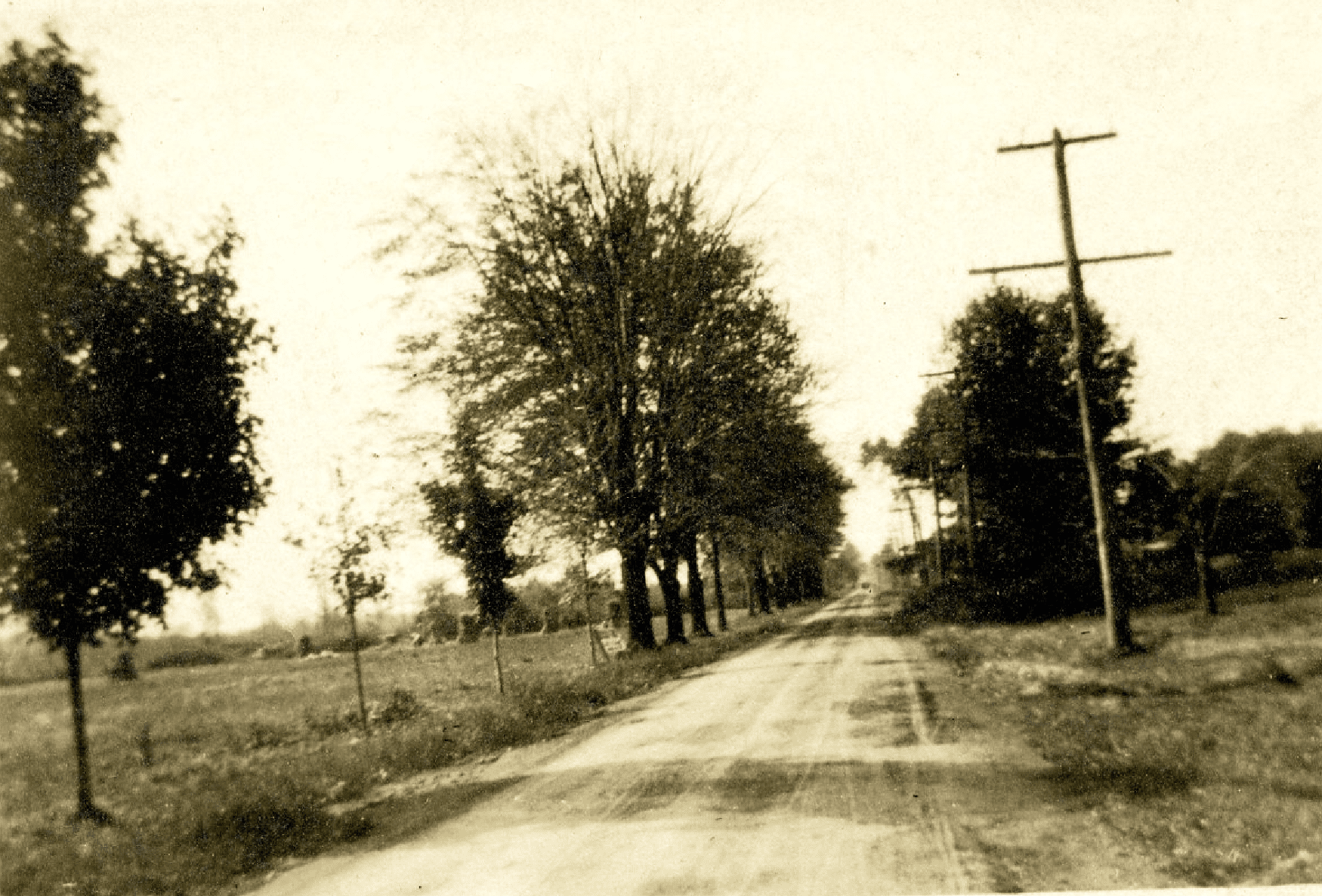
Newington Road, looking south, in the 1910s. Photo courtesy of Noah Webster House & West Hartford Historical Society
Historian Jeff Murray takes a look into West Hartford’s past to uncover some surprising information, stir up some memories, or reflect on how much life has changed – or hasn’t changed at all. Enjoy this week’s ‘From West Hartford’s Archives’ …
By Jeff Murray
This is a view of Newington Road, looking south, in the 1910s.
Before the 1850s, people in the south end of West Hartford had to either get to Newington through the south end of Hartford or by taking South Main Street. In 1852, Elmwood residents, who wanted a shorter route from New Britain Avenue, helped open up Newington Road, which would connect with the railroad station at the junction.
Hauling freight from Newington through the vicious mud to Elmwood and back though was “neither pleasant or profitable,” per the Hartford Courant in 1884, and the road was essentially impassable for months at a time. One might consider it either a cruel coincidence or a savvy business decision that Chester Faxon’s wagon repair shop was right across from the terminus of Newington Road at New Britain Avenue!
The history of Newington Road is a surprisingly diverse collection of circumstances, all springing from one family. Selden Philo Sears was born in East Hampton, Connecticut in 1813, son of a Revolutionary War soldier, and came to West Hartford in 1854 after 20 years of conducting a sawmill and lumber business back home.
He settled on a farm at the southeast corner of New Britain Avenue and Newington Road, now the location of CVS. His land extended back essentially to the Newington line by the 1880s and his two surviving children, Prescott and Newman, lived with him until they branched out.
Prescott built a house across the street from the Sears home on the west side of Newington Road, while his brother Newman built on the west side between the current Sampson and Elmfield Streets. This division of land between Selden’s sons was made official when he died in 1900 – his will left the 37-acre north part of the farm to Prescott and the 70-acre southern part to Newman. And it came at the right time too, because Newington Road was about to see many decades of growth beginning just a few years later.
By the turn of the century, Elmwood residents petitioned for paving the road so infamous for its mud and a trolley car line from Hartford along New Britain Avenue to South Quaker Lane made travel much more frequent in the neighborhood. The Sears family complained in 1904 that while deep mud had been the issue of the past decade, it was now the first automobiles which rumbled and raced along the long flat road.
But with automobiles and trolleys come development and Newman Sears was the first to sell land for it in the area. From the Newington border to Elmfield Street, he spent the end of 1909 until 1911 selling acres and acres of land to as many as 12 different people.
One of those buyers was Marinus Madsen, who later built a house at 289 Newington Road, the corner of Sampson Street. Madsen bought up over 40 acres of land in this area near the Newington line and conducted a dairy farm. In the 1930s, he purchased an additional 14 acres of land along Hall Street to Randall Avenue for building lots – this would be the origin of Madsen Road.
Newman’s reason for selling off all but nine of his 70 acre farm was purely personal. He left Connecticut in 1911 to settle in Oregon with his daughter Helen. His wife and younger daughters remained temporarily to graduate from high school, then followed him west. They visited friends in Elmwood in the summer of 1915, but by then, Newman’s farm had been totally sold off and houses had been built along the avenue.
Newman’s wife, Florence Smith, was also notable – she lived to be 108 years old, named the “World’s Oldest Teacher.” Florence was born in 1855, married in 1884, and taught in one-room schools in East Hampton and Wallingford. She lived until December 1963 – putting this in perspective, she was 6 years old when the American Civil War started and was still around when JFK was assassinated!
What became of Prescott’s farm, the north end of Newington Road? After his mother’s death in 1908, he owned the house at the corner of New Britain Avenue, his own residence near the corner on the west side, and land on both sides stretching back to Prescott Street (can you guess who it was named after??). Around the same time as his brother in 1912, Prescott sold off land on the west side of the street near what is now Page Avenue. Instead of splitting it across several individual land owners, the land was bought by a real estate syndicate, the Wallace B. Goodwin Company. Goodwin was a young real estate developer and grandson of Harvey Goodwin, who started the Goodwin Pottery company along the railroad in Elmwood.
Goodwin opened up a tract from Page Avenue to Elmfield Street on the west side known as Bungalow Farms. The first bungalow was built at 89 Newington Road; the rest were advertised as houses for small farming and poultry raising to keep the atmosphere of Newington Road intact. Indeed, the photograph provided here is taken in the mid-to-late 1910s, after the tract was already started.
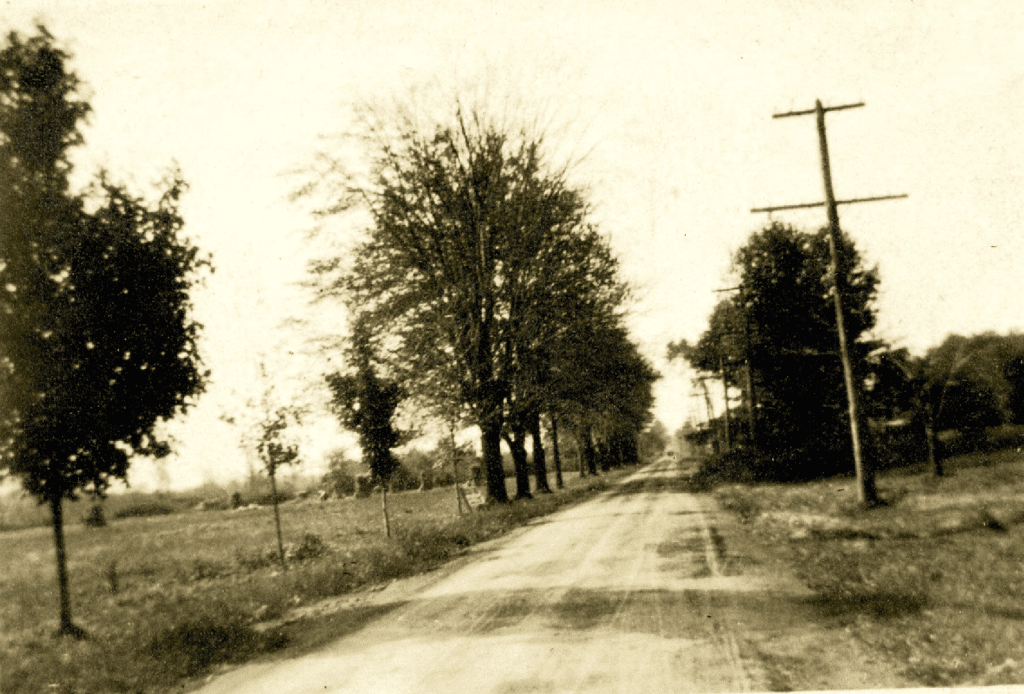
Newington Road, looking south, in the 1910s. Photo courtesy of Noah Webster House & West Hartford Historical Society
If the 1910s was about Newington Road, the 1920s were about the streets to the east, notably Cambridge Street, Prescott Street, and Page Avenue. An Elmwood division of the New Departure Company, which manufactured ball bearing shaft hangers and small ball bearings, opened in 1913 on the site of the old Whitlock Coil Pipe Company along South Street. The business expanded by 1917 and bought 31 acres of land between Newington Road and Woodlawn Street from Prescott Sears and another landowner, Patrick Nolan. Known as the Endee Homestead tract, the company subdivided the entire tract of land in between and offered the lots for home building by New Departure workers and other working-class members of the community.
What followed was an immense building boom through the 1920s and indeed, a vast majority of the homes in this neighborhood were built during that decade and for working-class families. One of the lots was sold by New Departure to the Elmwood Community Church for a new church building, which was constructed in 1926.
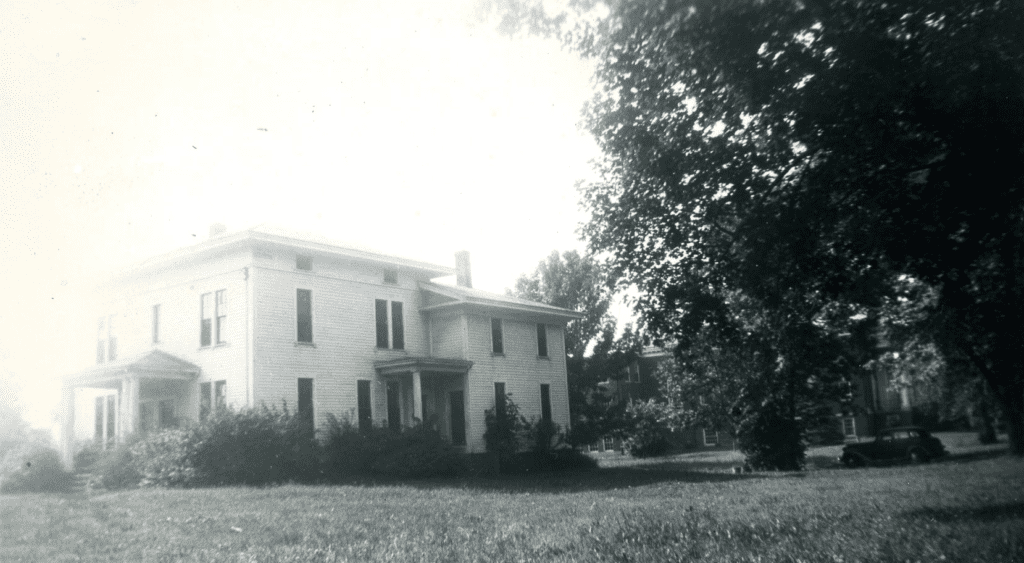
The Sears house at 1099 New Britain Avenue, the Elmwood Community Church can be seen in the background facing Newington Road to the right. Photo courtesy of Noah Webster House & West Hartford Historical Society
When Prescott A. Sears died in 1921, Newington Road was in the middle of its development arc – from a family farm extending back to the Newington border to a string of small farming homes flanked by land that would only shortly be populated by working-class housing. Prescott was a market gardener and the first president of the Market Gardeners’ Association, chairman of the town plan commission, and a commissioner of the South Fire District. When he died a widower, his house and the Sears family home were sold to Charles M. Gearing, the superintendent of the New Departure Company. Gearing rented out 1099 New Britain Avenue through the 1930s and 1940s until an A & P Company store was built on the site and opened in 1948.
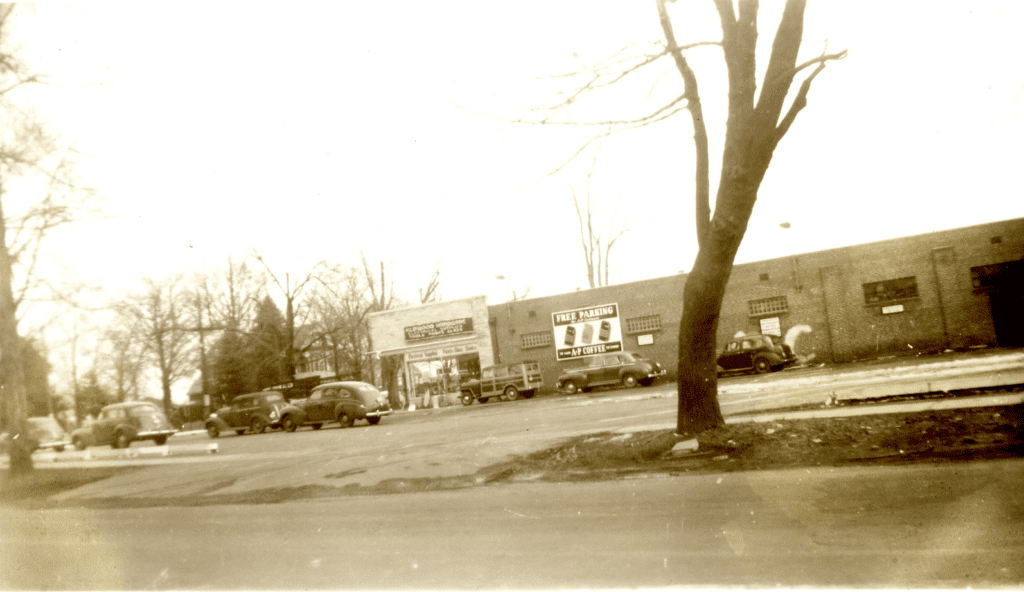
The A&P and Elmwood Hardware Company store can be seen here at the corner of New Britain Avenue and Newington Road, looking east. Photo courtesy of Noah Webster House & West Hartford Historical Society
John Black, owner and manager of the Elmwood Hardware Company, moved the store from Hartford to this business block that same year. Black was one of the first homeowners on Burgoyne Street in 1916 and his three daughters, Laura, Dorothy, and Marianne, lived in the same house consecutively for almost 100 years. The A&P continued at this site until it was replaced by other stores. CVS opened in the 1980s and is still there today.
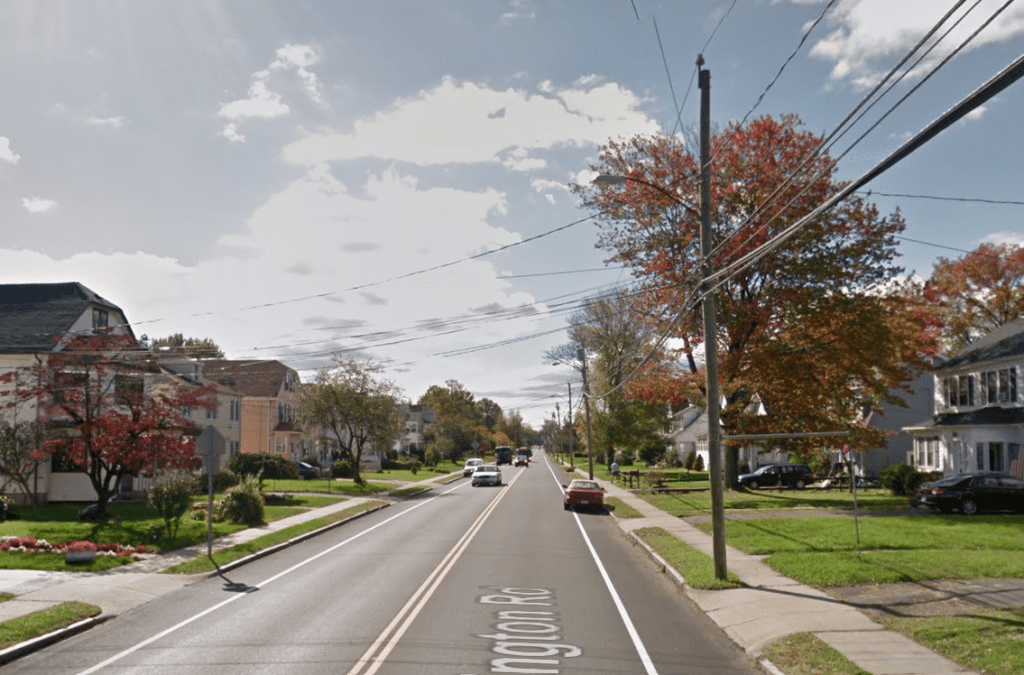
Newington Road looking south, current view. Google Street view
Jeff Murray was born and raised in West Hartford and has been involved with the Noah Webster House & West Hartford Historical Society since 2011 when he was a high school student and won the Meyer Prize for his essay on local history. Jeff routinely volunteers as local history researcher uncovering information for numerous museum programs such as the West Hartford House Tour and West Hartford Hauntings. Jeff works as a data analyst at Pratt & Whitney.
Like what you see here? Click here to subscribe to We-Ha’s newsletter so you’ll always be in the know about what’s happening in West Hartford! Click the blue button below to become a supporter of We-Ha.com and our efforts to continue producing quality journalism.




Was the railroad station that you reference in the beginning in Newington near the current FastTrack station/overpass/Hartford Rd. is now? Was there a station in West Hartford or just spurs for businesses?